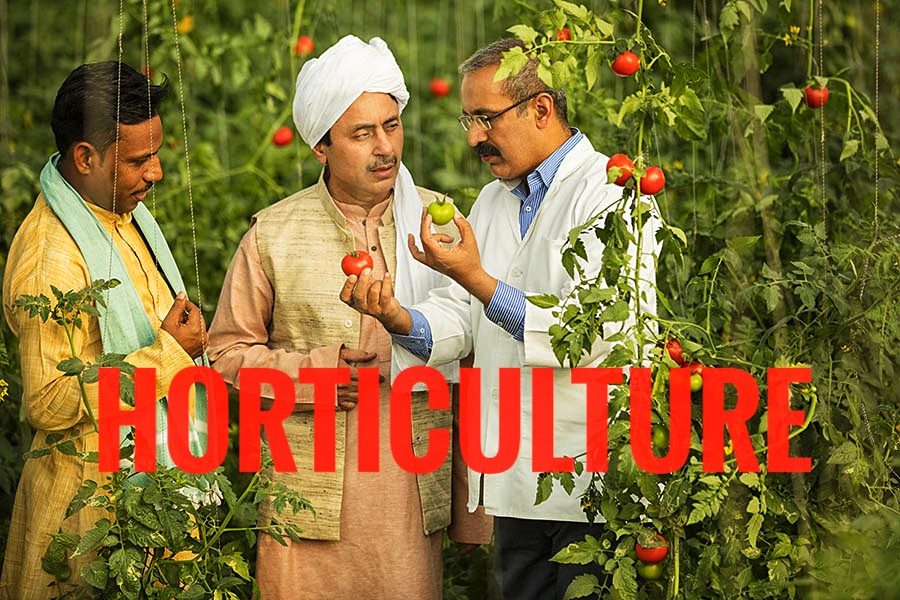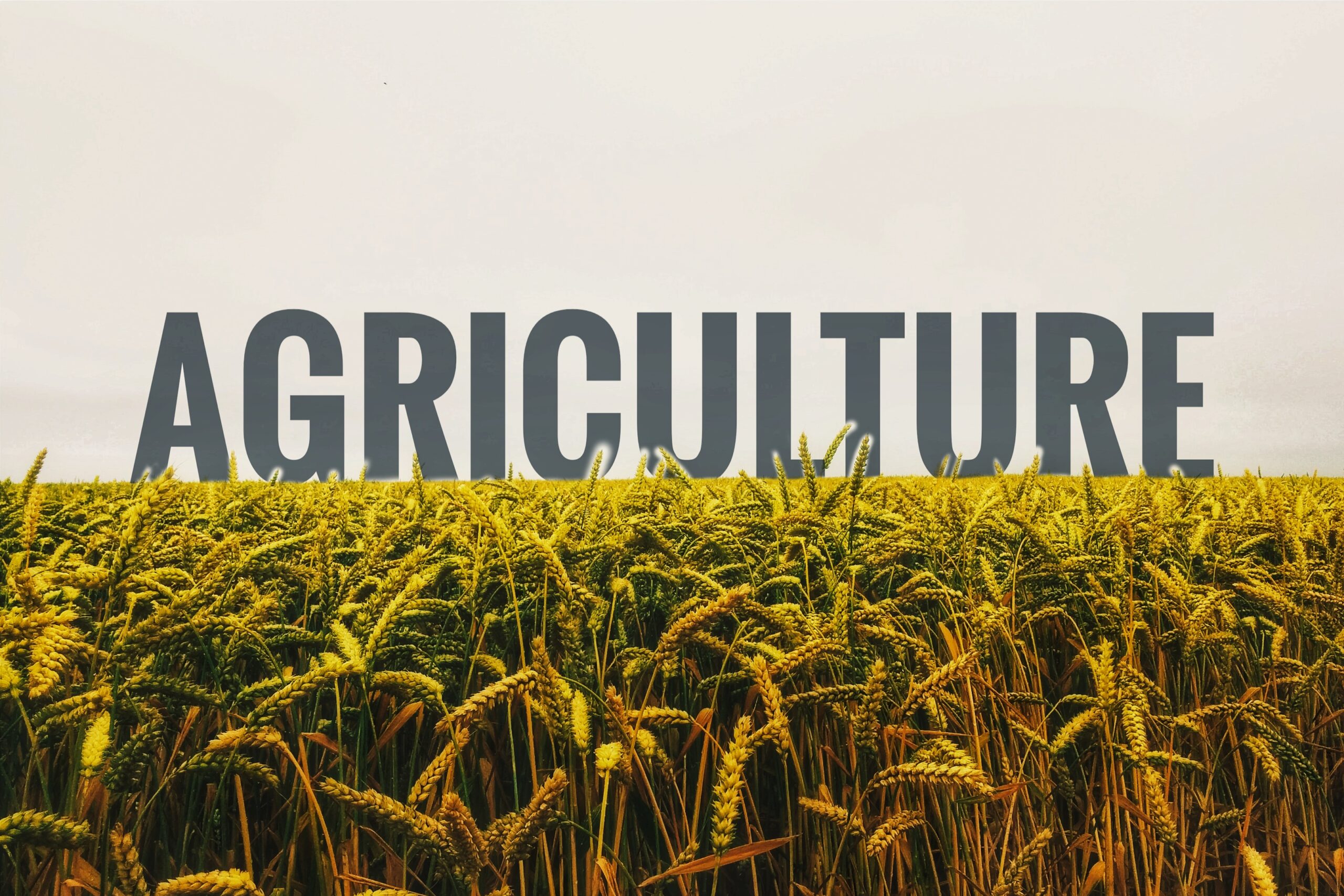Branches of Agriculture: A Comprehensive Guide 2024
Agriculture, the science and art of cultivating plants and livestock, is a cornerstone of human civilization. It encompasses a wide array of disciplines, each focusing on different aspects of agricultural production and management. This comprehensive guide explores 25 branches of agriculture, shedding light on their significance and roles in enhancing food security, sustainability, and innovation.
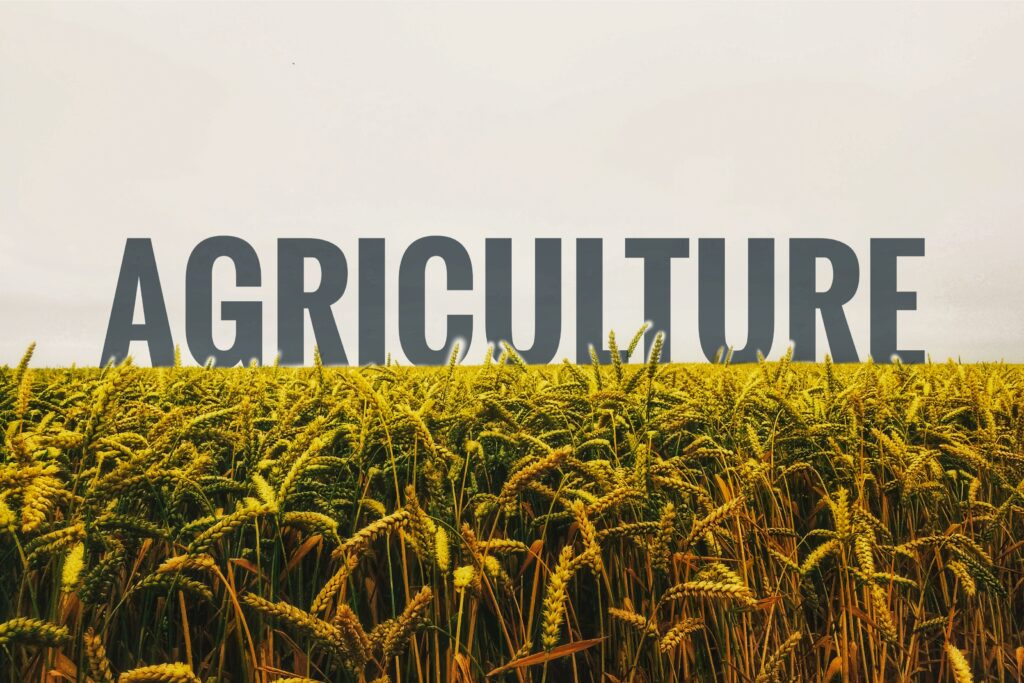
Please find the list of the branches of agriculture below :
1. Agronomy
Agronomy involves the science of soil management and crop production. Agronomists work on improving crop yields, soil fertility, and sustainable farming practices.
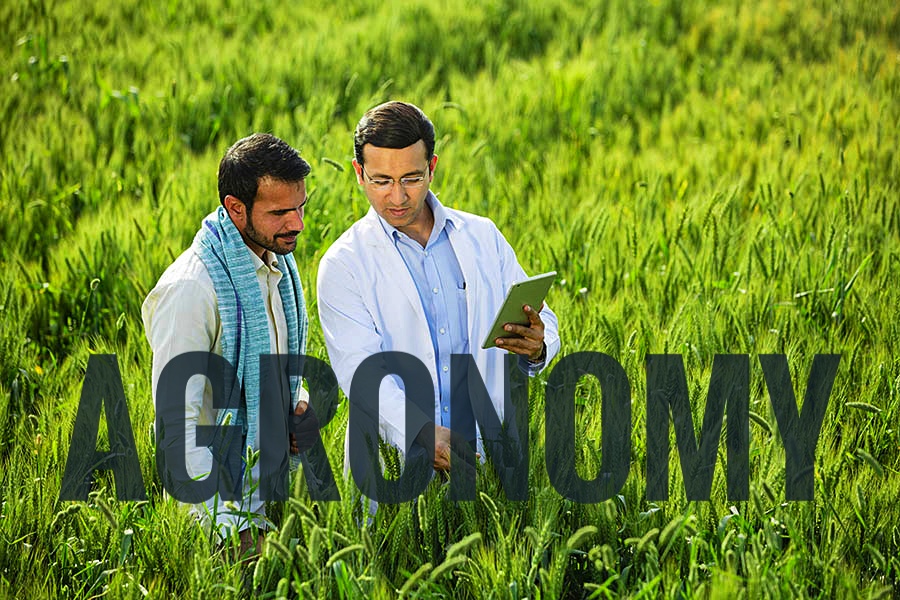
2. Horticulture
Horticulture focuses on the cultivation of fruits, vegetables, flowers, and ornamental plants. It includes sub-disciplines like pomology (fruit cultivation) and olericulture (vegetable growing).
3. Animal Husbandry
Animal Husbandry is the breeding and care of farm animals such as cattle, sheep, goats, and poultry. It ensures the production of meat, dairy, and other animal products.

4. Forestry
Forestry involves the management and conservation of forests. It includes sustainable timber production, wildlife habitat preservation, and agroforestry practices.

5. Agricultural Engineering
Agricultural Engineering applies engineering principles to agriculture. This branch focuses on developing machinery, irrigation systems, and infrastructure to enhance farming efficiency.
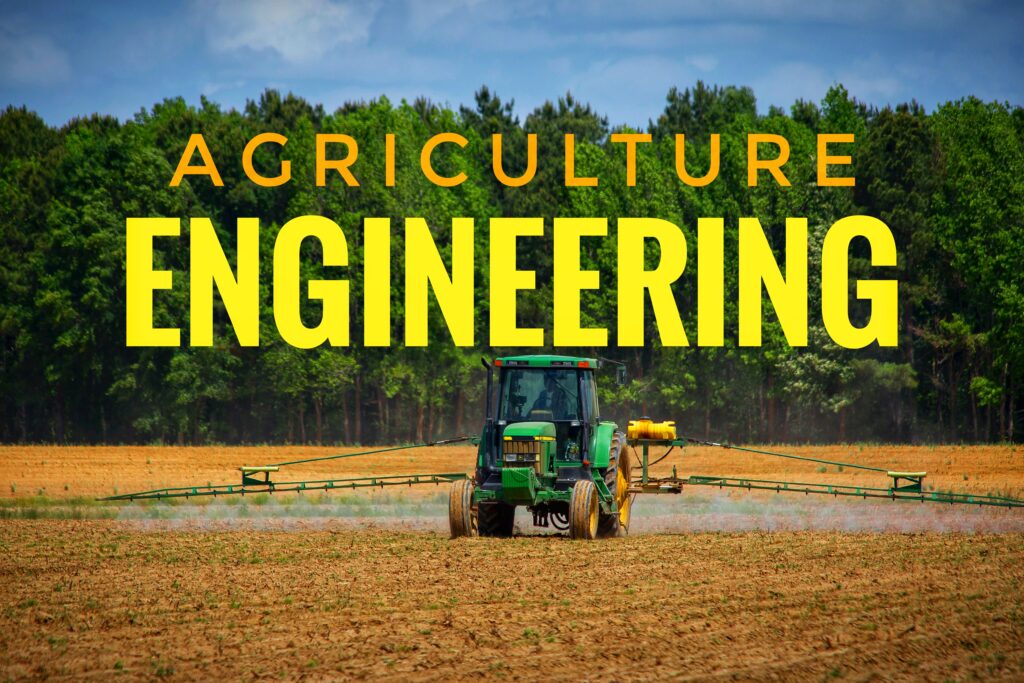
6. Agricultural Economics
Agricultural Economics studies the economic aspects of agriculture, including production, distribution, and consumption of agricultural goods and services.
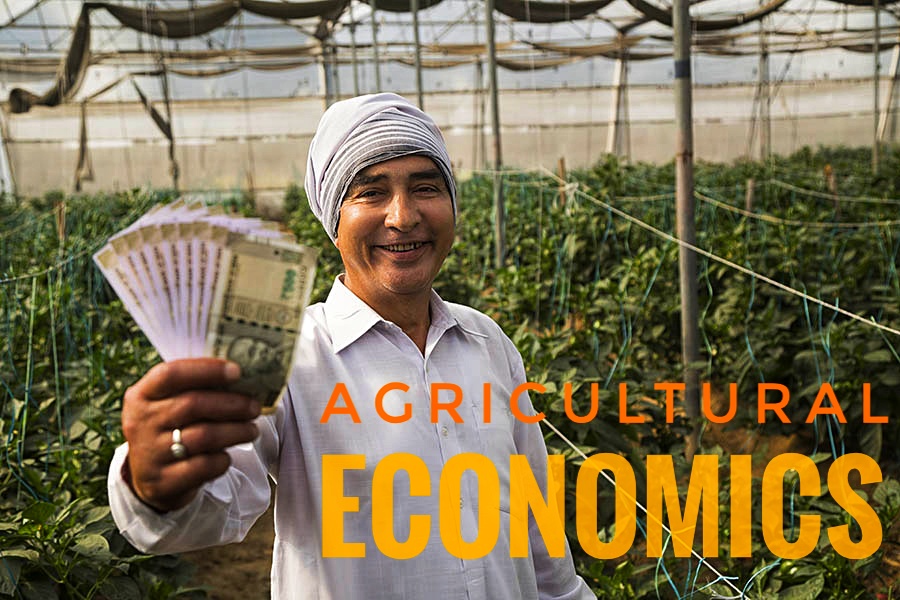
7. Soil Science
Soil Science is the study of soil as a natural resource. It covers soil formation, classification, and mapping, and helps in improving soil health for better crop production.
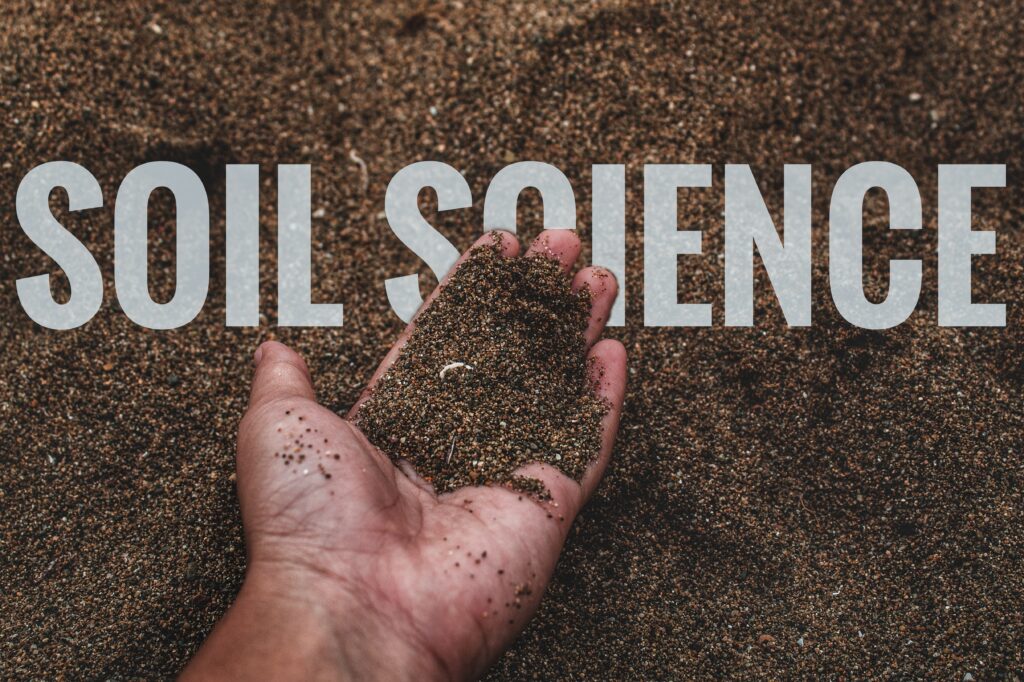
8. Plant Pathology
Plant Pathology deals with plant diseases caused by pathogens like fungi, bacteria, and viruses. It focuses on disease prevention, diagnosis, and management.
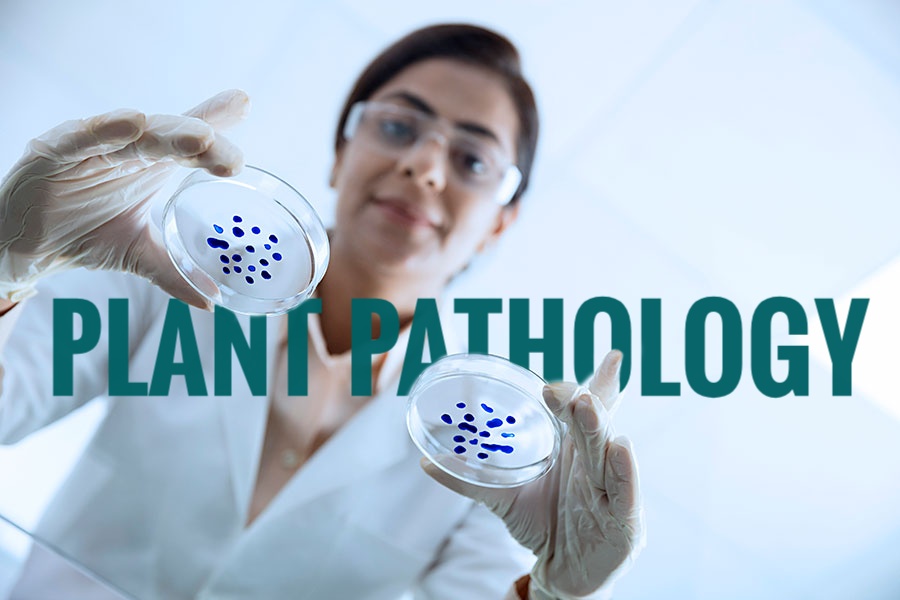
9. Entomology
Entomology is the study of insects and their interactions with plants, animals, and humans. Agricultural entomologists work on pest management and pollination.
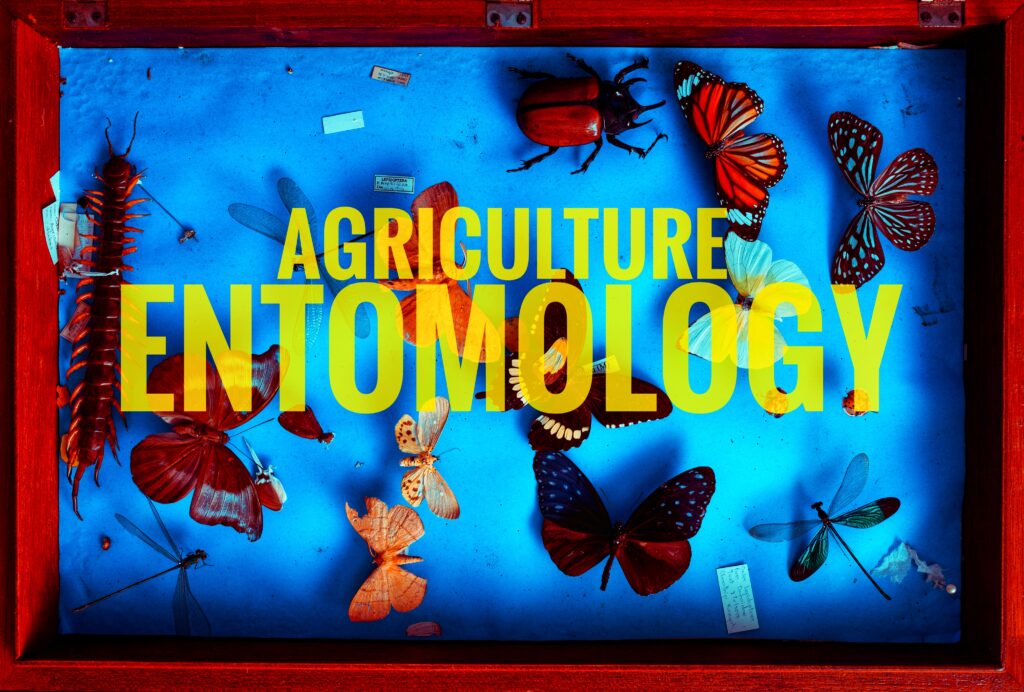
10. Agribusiness Management
Agribusiness Management combines agricultural science with business principles. It focuses on the management of agricultural enterprises, from production to marketing.
11. Agroecology
Agroecology studies ecological processes applied to agricultural production systems. It promotes sustainable farming practices that enhance biodiversity and ecosystem health.
12. Agricultural Biotechnology
Agricultural Biotechnology uses scientific tools and techniques, including genetic engineering, to improve crop and livestock traits for better yield and disease resistance.
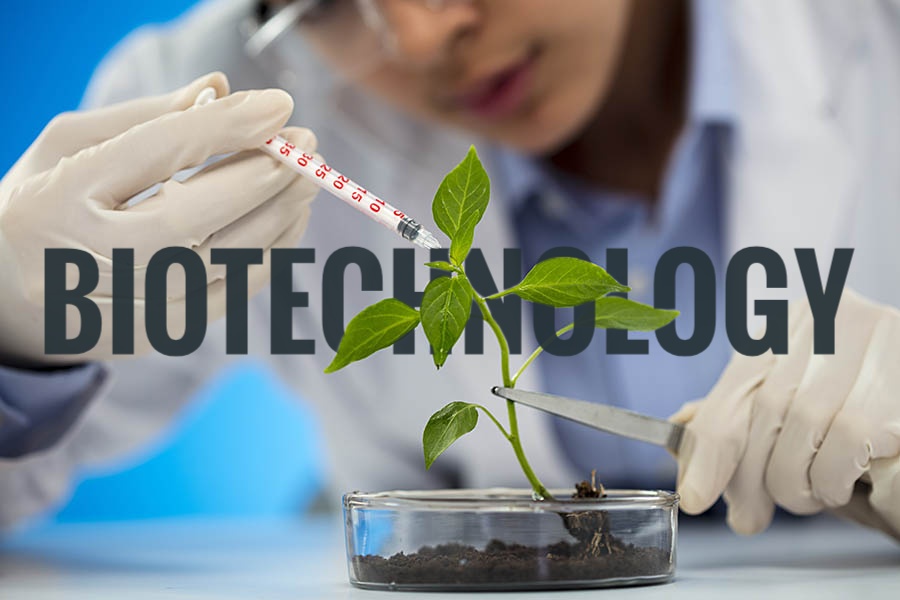
13. Aquaculture
Aquaculture involves the breeding, raising, and harvesting of fish, shellfish, and aquatic plants. It plays a critical role in food production and sustainable fisheries management.
14. Agrometeorology
Agrometeorology studies weather and climate impacts on agriculture. It helps farmers make informed decisions about planting, irrigation, and harvesting.
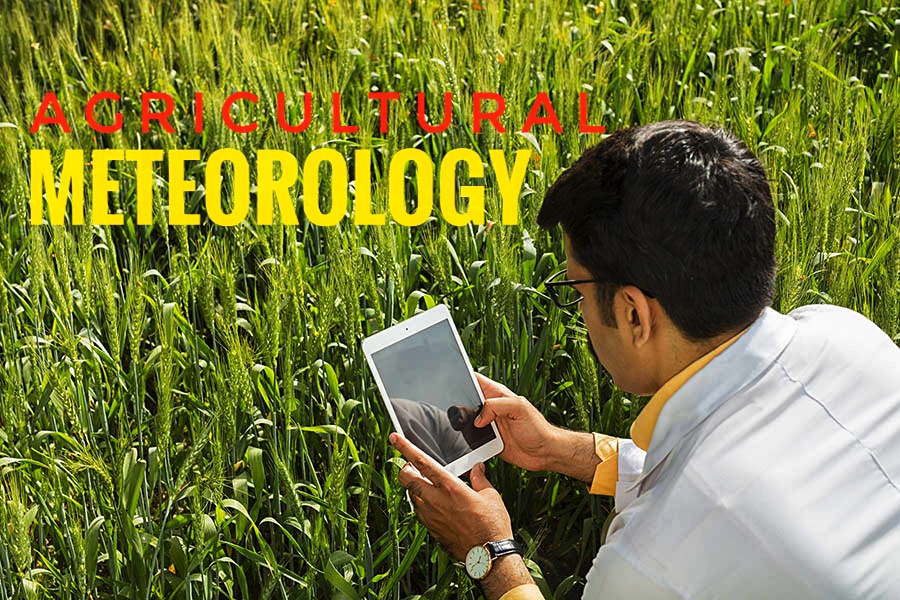
15. Food Science and Technology
Food Science and Technology focuses on the processing, preservation, and packaging of food products. It ensures food safety, quality, and nutritional value.

16. Agricultural Extension
Agricultural Extension involves transferring agricultural research and knowledge to farmers. It aims to improve farming practices and rural livelihoods through education and training.
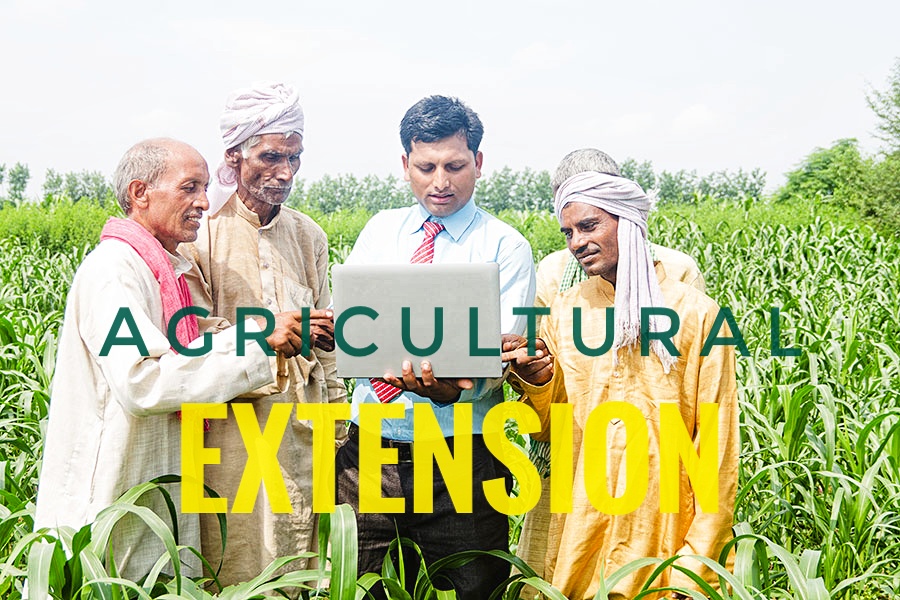
17. Sustainable Agriculture
Sustainable Agriculture promotes farming practices that protect the environment, public health, human communities, and animal welfare while ensuring profitability.
18. Apiculture
Apiculture is the practice of beekeeping. It involves the maintenance of bee colonies for honey production and crop pollination.
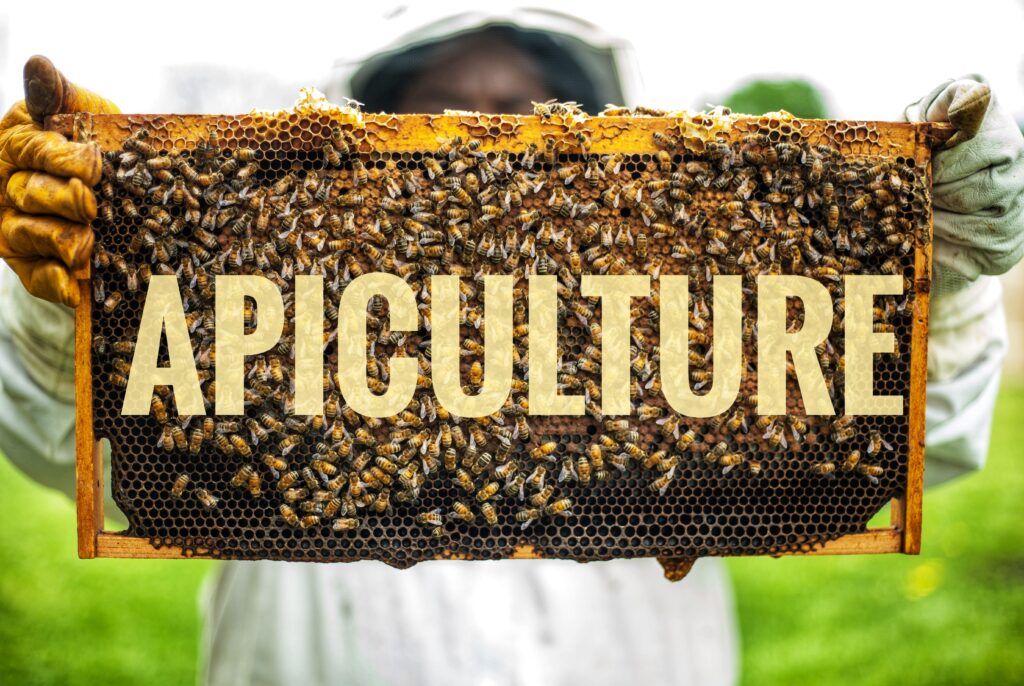
19. Agroforestry
Agroforestry integrates trees and shrubs into agricultural landscapes. It enhances biodiversity, improves soil health, and provides additional income sources for farmers.
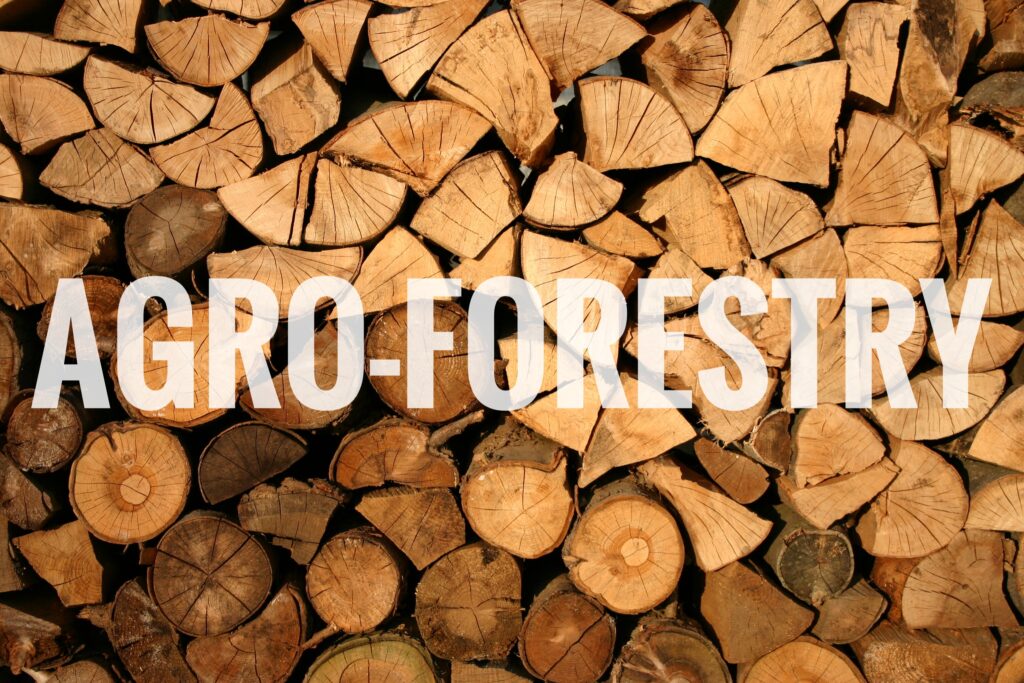
20. Viticulture
Viticulture is the science, production, and study of grapes, particularly for winemaking. It covers vineyard management and grapevine health.
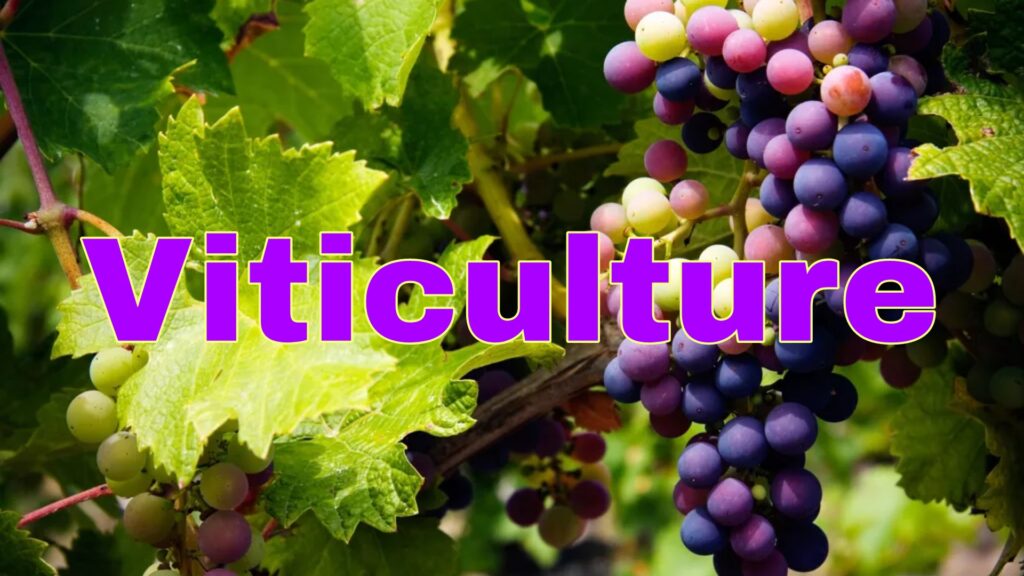
21. Sericulture
Sericulture is the cultivation of silkworms for silk production. It involves the care of silkworms and the processing of silk fibers.
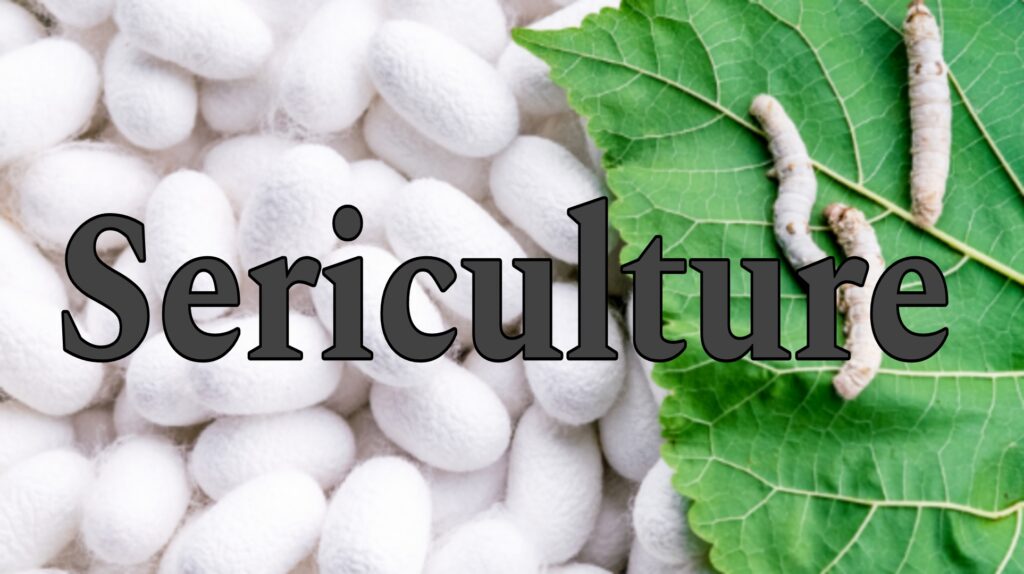
22. Agricultural Microbiology
Agricultural Microbiology studies microorganisms in soil, plants, and animals. It explores their roles in nutrient cycling, disease, and soil fertility.
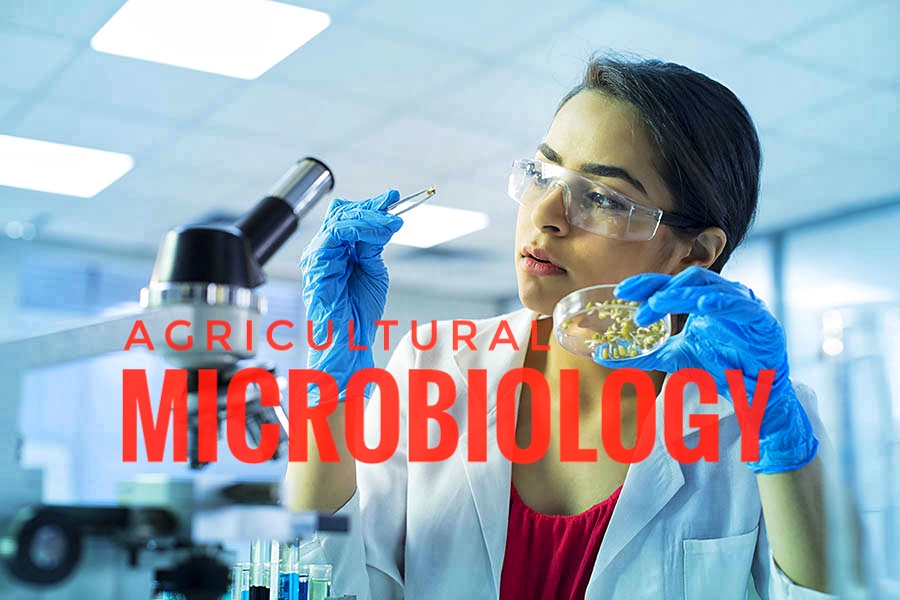
23. Hydroponics
Hydroponics is a method of growing plants without soil, using nutrient-rich water solutions. It offers efficient and sustainable crop production in controlled environments.

24. Agricultural Marketing
Agricultural Marketing involves promoting and selling agricultural products. It covers market analysis, supply chain management, and consumer behavior.

25. Urban Agriculture
Urban Agriculture encompasses growing, processing, and distributing food in or around urban areas. It includes community gardens, rooftop farming, and vertical farming.
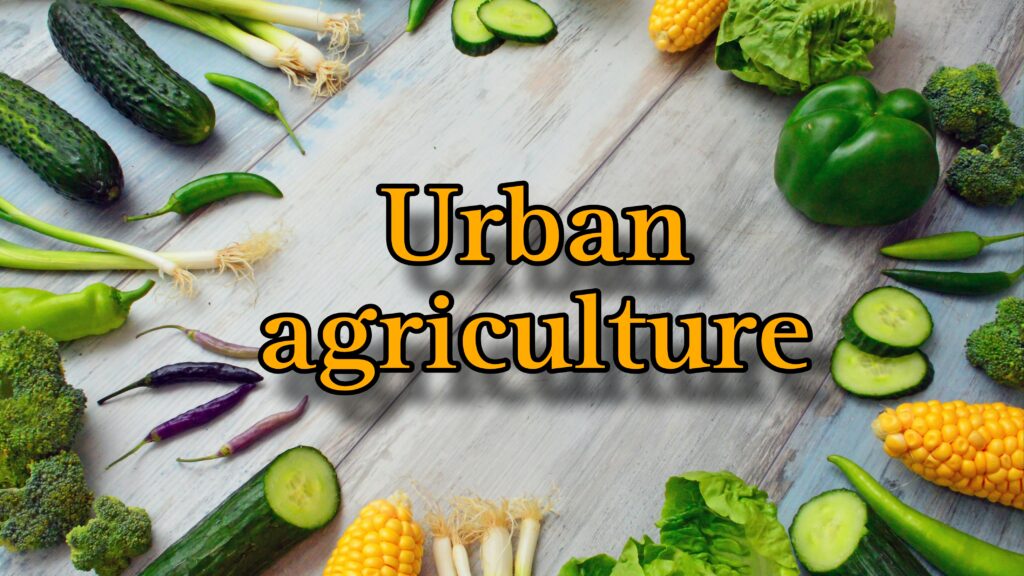
Conclusion
The diverse branches of agriculture reflect the complexity and richness of this vital field. Each branch plays a crucial role in ensuring sustainable food production, environmental conservation, and economic development. By understanding these branches, we can appreciate the multifaceted nature of agriculture and its impact on our daily lives.
For more in-depth articles and resources on agriculture, visit MyFarmSpace, your trusted platform for learning about new agri-technologies, innovations, and career opportunities in the agricultural sector.
